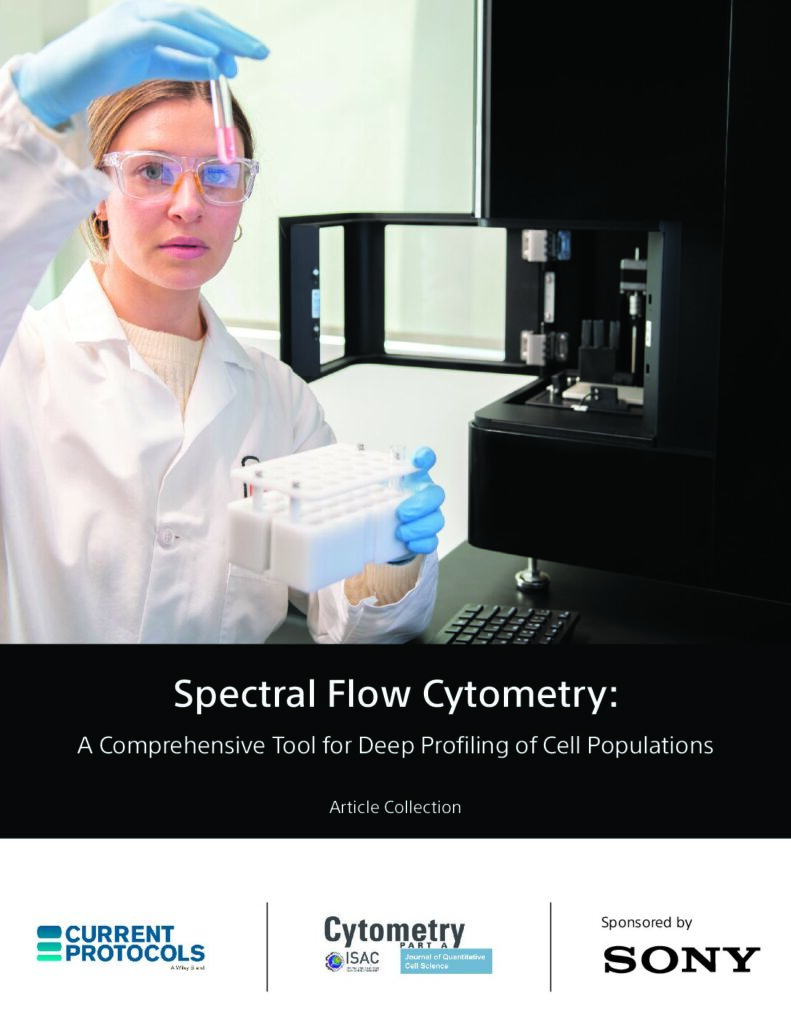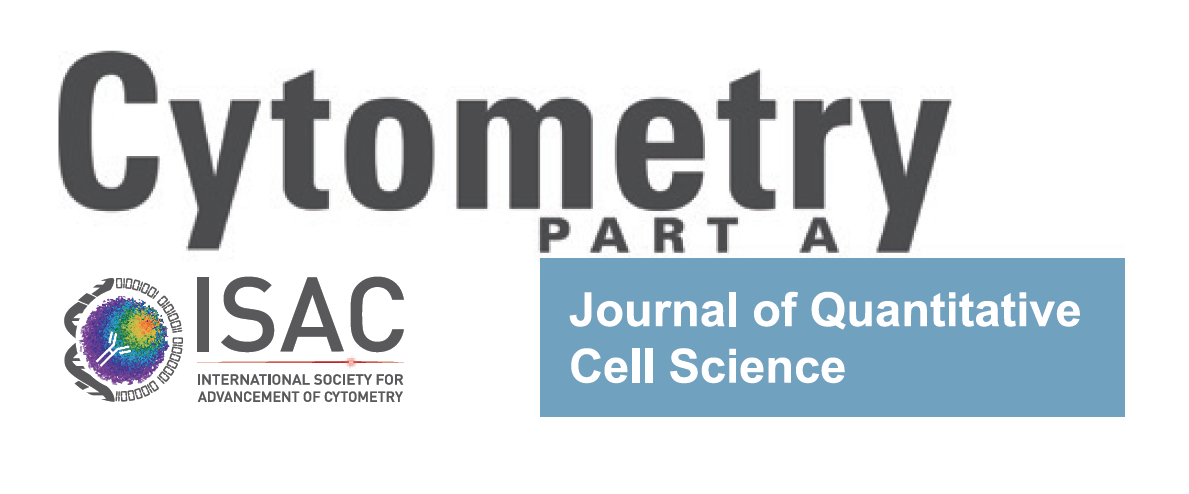Download this complimentary Article Collection today!
This Article Collection aims to provide scientists with more information on Spectral Flow Cytometry, enabling them to advance their research in this field.
What you will learn about:
- The role of stem cell enumeration in cellular therapy for diseases of the hematopoietic system
- Flow cytometry for the evaluation of stem cells collected from bone marrow or peripheral blood
- Challenges associated with using fluorescent proteins (FPs) in biological research

More Information:
Spectral flow cytometry allows for the detection of multiple markers simultaneously, improving resolution and the ability to identify different cell populations. It is commonly used in clinical laboratories to diagnose immunodeficiencies and hematologic malignancies, monitor stem cell transplants, and manufacture CAR T cells. Sony developed the first commercial spectral flow cytometer, which uses a grating instead of prisms for a more uniform dispersion of light and offers advantages such as detecting more fluorophores and generating deeper phenotypic datasets. Spectral flow cytometry also has the potential to reveal hidden patterns or features of immune system dysregulation and is easier to use in research settings.
Articles contained in the collection:
- Nolan, J.P. (2022). The evolution of spectral flow cytometry. Cytometry Part A. DOI: 10.1002/cyto.a.24566.
- Novo, D. (2022). A comparison of spectral unmixing to conventional compensation for the calculation of fluorochrome abundances from flow cytometric data. Cytometry Part A. DOI: 10.1002/cyto.a.24669.
- Monard, S. (2022). Building a spectral cytometry toolbox: Coupling fluorescent proteins and antibodies to microspheres. Cytometry Part A. DOI: 10.1002/cyto.a.24557.

